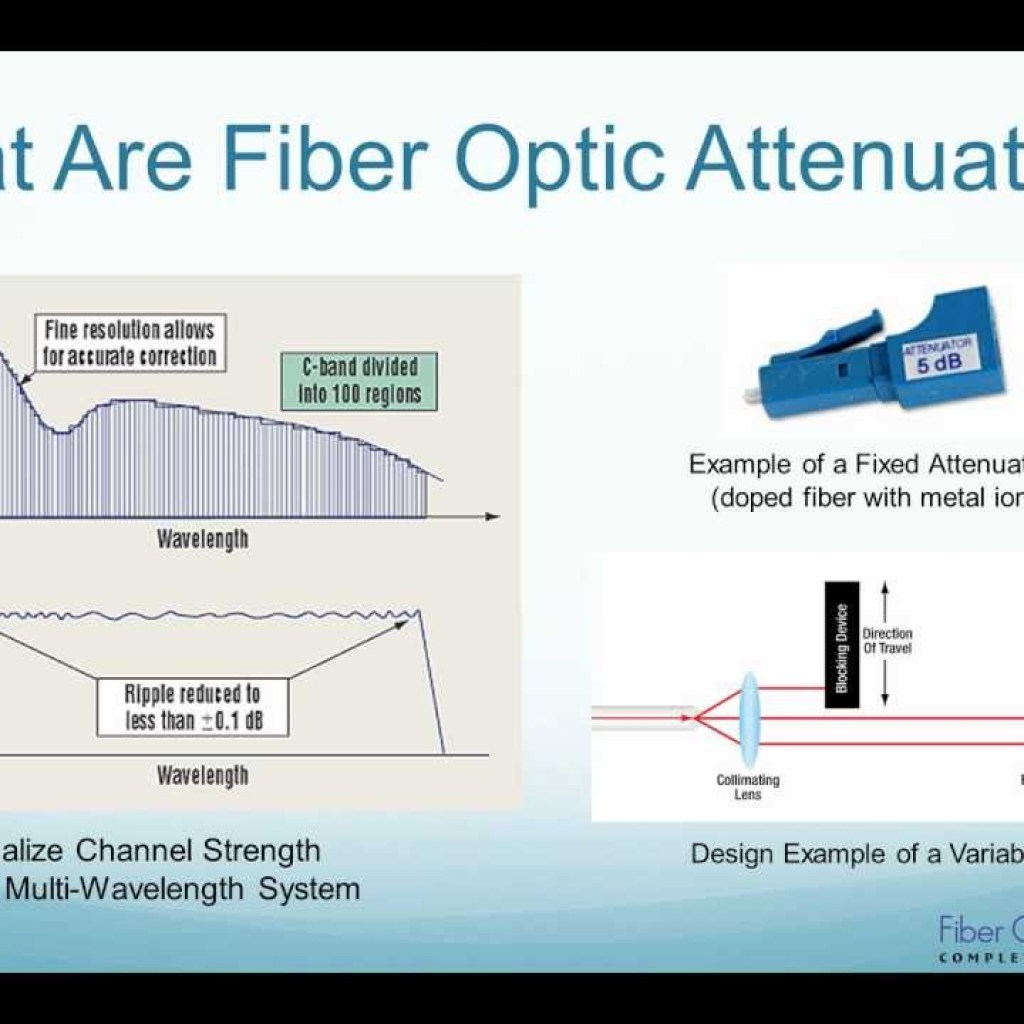Cold Mirrors
Source: Wikipedia Cold Mirrors in Optical Systems The Role of Cold Mirrors in Optical Systems Introduction When it comes to optical systems, particularly those using incandescent lamps as light sources, managing heat load is crucial. The presence of infrared light alongside visible light can lead to various issues, such as thermal stress and optical aberrations. […]









